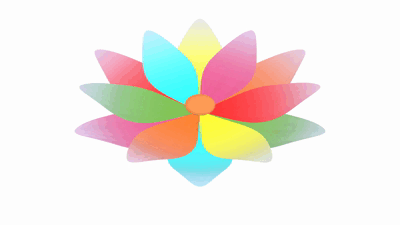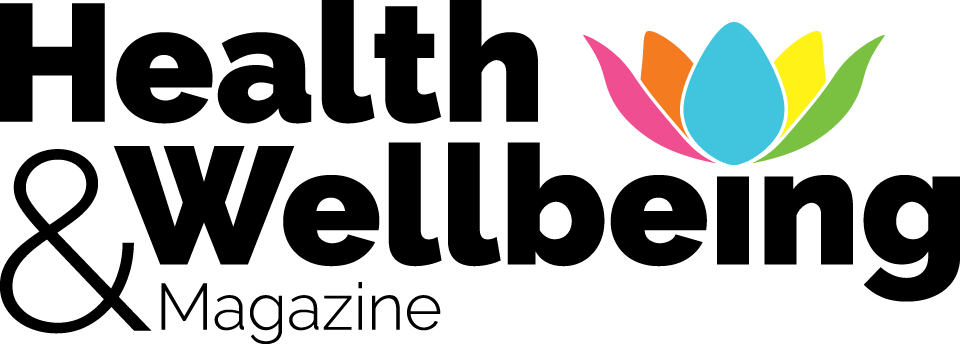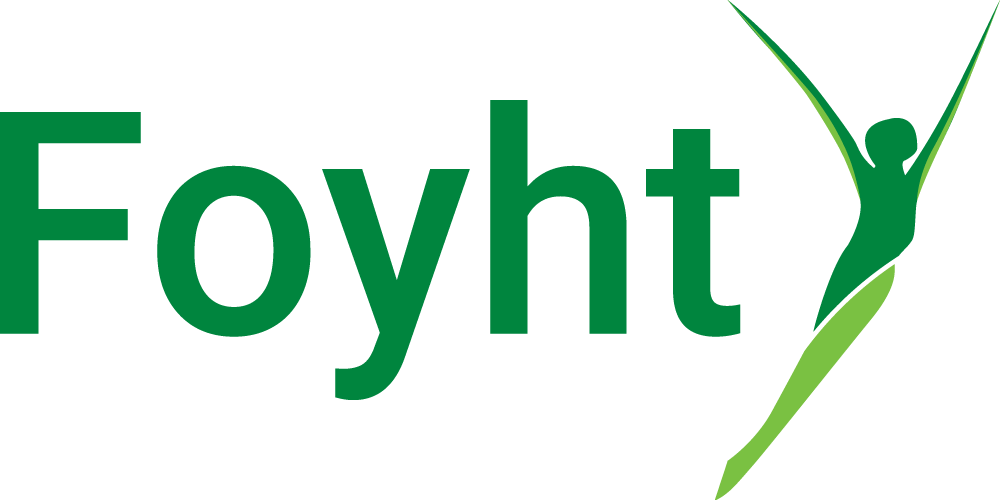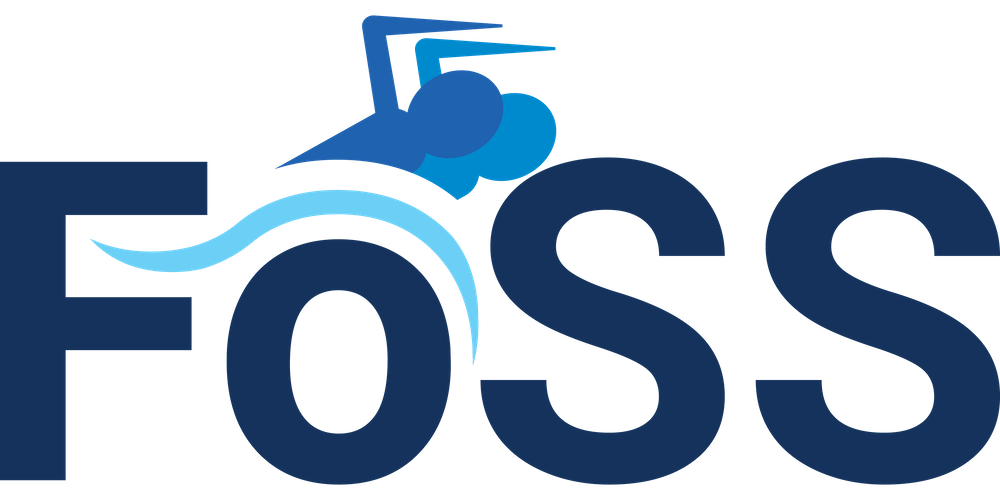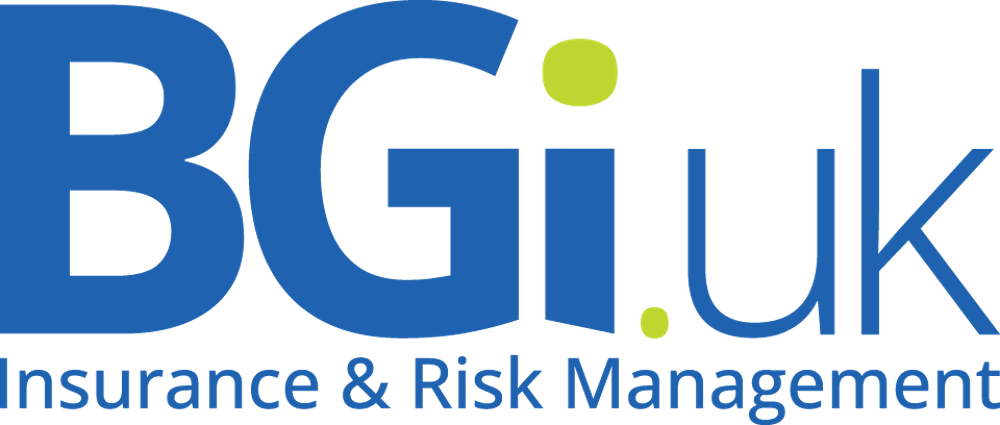So, where’s the positive spin on this I hear you ask? For me, the knowledge I’ve gained during my own experience of the menopause has improved and developed my training which has in turn helped me increase in strength. Tendons respond well to resistance training performed slowly to challenge muscles and tendons. Increasing loads gradually will help build strength and adaptability. Since recovery takes longer, it is a good idea to vary your exercise routines between heavier and lighter weight days. When I’m training clients who are struggling with these symptoms, I’ll always start with bodyweight training and gradual progression to weights alongside building core strength, helping them improve mobility and working on calming their nervous system. The concept of progressive overload – increasing resistance or difficulty over time is essential, so don’t go crazy in the HIIT class if you’ve not previously done much activity or haven’t been for a while – build up slowly.
Hormone replacement therapy may be helpful too. This will allow oestrogen to be added back into the body via gel/patch which can be useful in reducing feelings of muscle weakness and inability to train due to decreased energy levels.
We should also never underestimate the role of what we eat, particularly when exercising/being active. Menopausal women are particularly sensitive to sugar. Too much sugar can cause huge energy slumps as well as increases in hot flushes. I always go through a food diary with personal training clients to ensure the right nutritional balance to help them train during menopause. Caffeine and alcohol can over stimulate the nervous system too.
Our nervous system can have a major effect on our musculoskeletal system. High levels of stress and anxiety (both of which can increase during the menopause) can cause muscles to contract and stay contracted, which in turn may lead to injury. Try to add in some relaxation to your fitness routine – 5 minutes of slow breaths (counting to 4 as you breathe out) can be effective. There are lots of breathing techniques and relaxation techniques out there, so find one you like and try to make it part of your daily routine.
If you are struggling with menopausal symptoms, don’t suffer in silence. There are so many resources available. If you have a knowledgeable GP then go to them. If not, ask other women and do your own research. If you want to get started on building strength and you’re looking for a Personal Trainer/Fitness Instructor, make sure that person has a good understanding of what the menopausal body is going through. This is essential in terms of progressing your exercise and pitching it at the right level for you as well as preventing injury.
And the recipe for aging backwards? Build muscle, increase your mobility, reduce your stress levels and eat homemade food, lots of veg and less sugar.
Main photo by Kelly Sikkema on Unsplash
